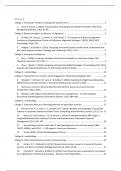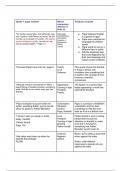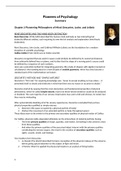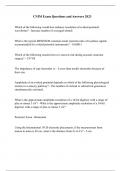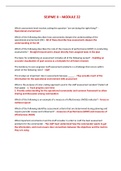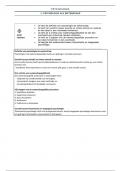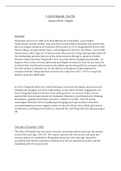Samenvatting
Samenvatting - BIV IC literatuur
- Vak
- BIV IC
- Instelling
- Nyenrode Business Universiteit (Nyenrode)
Betreft een samenvatting van de gebruikte artikelen tijdens de colleges van BIV-IC. Ik heb deze samenvatting geschreven tijdens de cursus in voorjaar 2023 en zelf hiermee het tentamen in 1x gehaald. De samenvatting bevat ook afbeeldingen uit de artikelen; dit helpt bij het makkelijk nazoeken va...
[Meer zien]
